Refugees during World War One
Posted
|
Views: 1,154
during World War One...
"What about the depiction of refugees –were they regarded simply as unfortunate "victims of war"?-peter gatrell
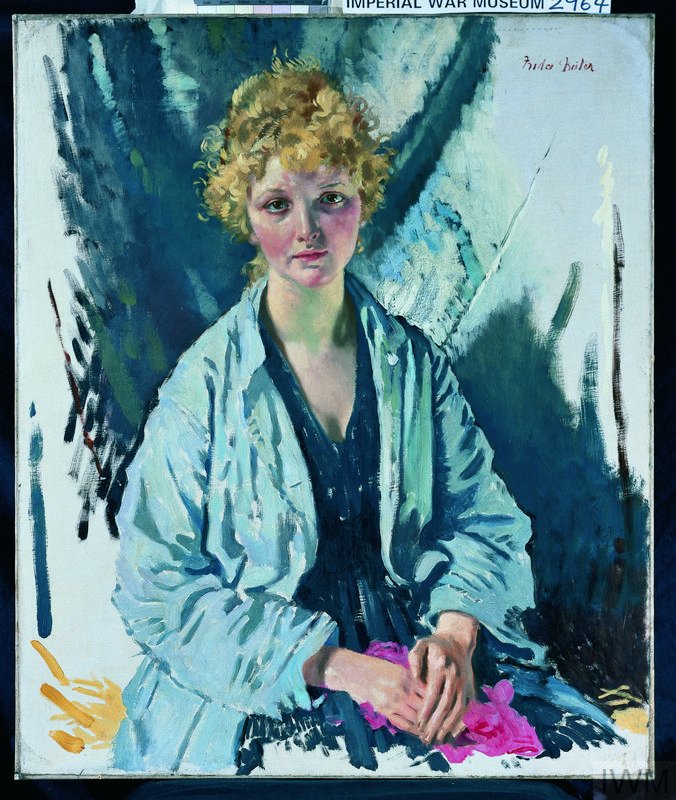
Belgian refugees
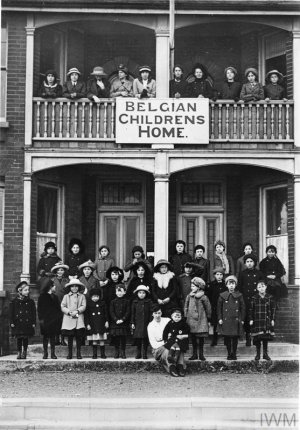
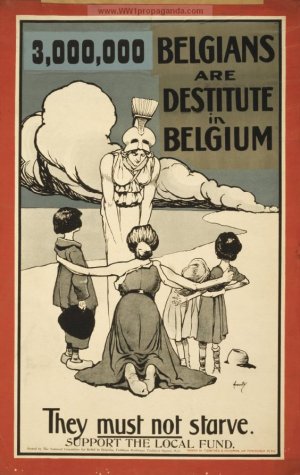
Between 1914 and 1915, more than 1 million Belgian refugees left their homes for the search of a safer terrain. The majority of them dispersed in Britain, France, and the Netherlands to seek refuge. During this time, orphanages, churches, dining halls, and boarding houses were used to accommodate any refugee that was affected by the German invasion. To other countries, the situation was disastrous, and as a result, Belgium needed immediate assistance and aid. part of this strategy was to incorporate their pain through posters and photographs. Some can proclaim that the "...outset wartime photographs and paintings depicted them as desperate people in need of emergency assistance, but also stoic victims of German aggression" (Gatrell 17). This perspective was achieved by incorporating children and women in advertisements and photographs. Here is a picture of a Belgian orphanage that accommodated displaced Belgian children, and here is an advertisement that encourages people to support the aid of Belgian refugees.
"At the outset wartime photographs and paintings depicted them as desperate people in need of emergency assistance, but also stoic victims of German aggression."-Peter Gatrell
Armenian Refugees
"In 1915, Ottoman officials and military commanders turned on entire Armenian communities and forced men, women and children to trek across the desert in the most arduous conditions. Up to 250,000 Armenians evaded the deportations by crossing the Russian border in August 1915, although one in five died en route." -Peter Gatrell
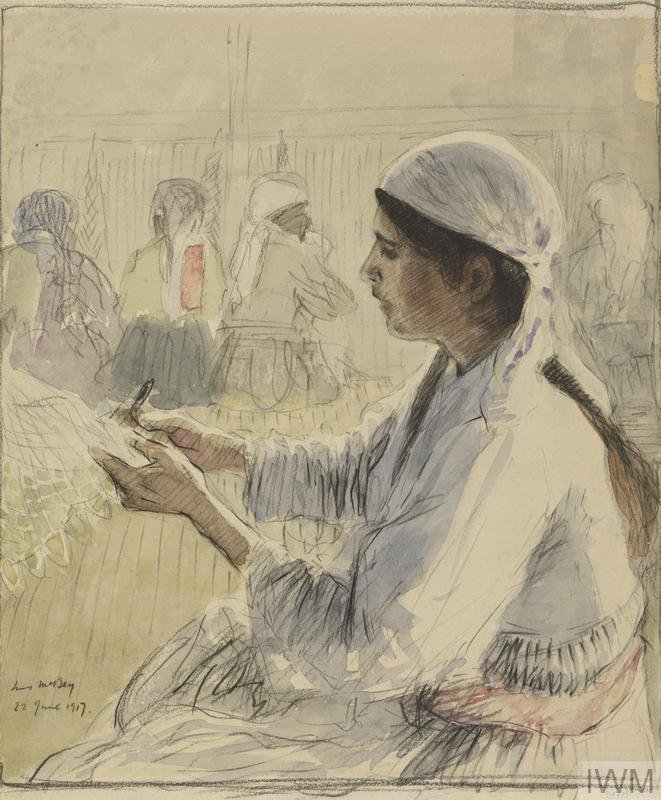
In comparison with the depiction of Belgian refugees, the Armenian refugees received concern from other countries such as Great Britain, and the United States of America. In 1916, Near East Relief (NER) donated supplies to the atrocity. the organisation on the other hand received backlash because of their "...luxurious vehicles at NER's disposal referring to their use as 'joy riding', and the preponderance of staff who never left Constantinople" (Gatrell 16).This criticism reflects the difference between the way in which these refugees were aided. Through this difference, we can see that the Armenian refugees were portrayed in horrid conditions, and many survivors who fled to the Russian Empire needed to urgently find "[f]ood, accommodation, sanitary needs, and fresh clothing" (gatrell 15). Here are pictures of Armenian refugees seeking refuge.
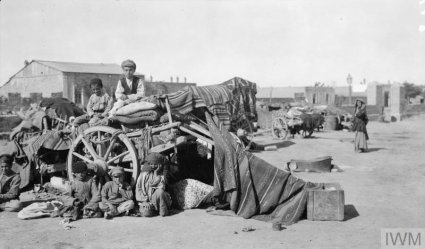
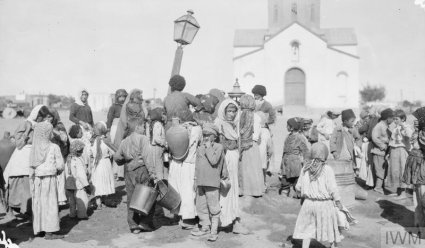
GALiCIAn and bukovinian refugees
"In September of 1914, Gmünd was designated as the site of a refugee camp for Ruthenian (Ukrainian) evacuees from the eastern Austrian crownlands, and a barracks camp (Barackenlager) was hastily constructed south of the town."
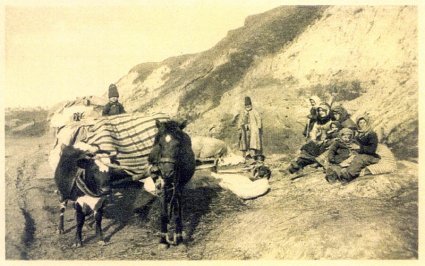
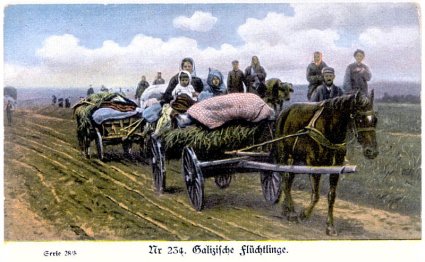
"In September of 1914, Gmünd was designated as the site of a refugee camp for Ruthenian (Ukrainian) evacuees from the eastern Austrian crownlands, and a barracks camp (Barackenlager) was hastily constructed south of the town." -Andy taylor
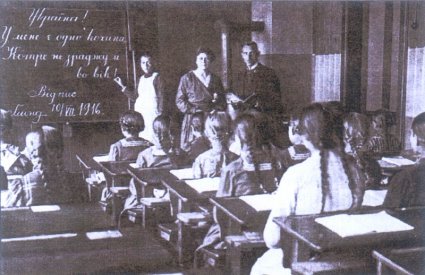
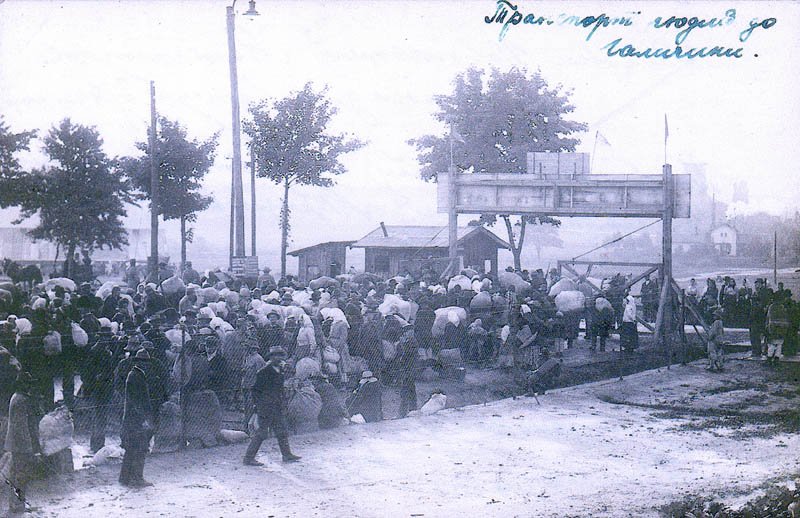
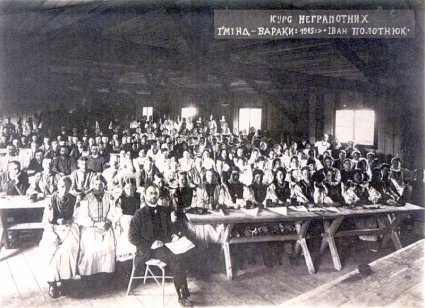
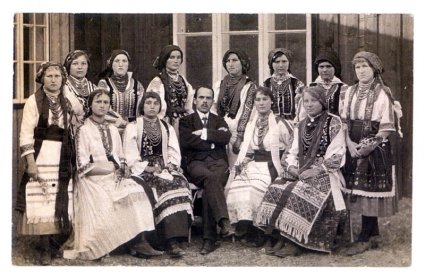
In the small town Gmund, Austria, 30,000 refugees occupied the Gmund camp as a result of Austria-Hungary's and Russia's fight for the ownership of Galicia, and Bukovina. The fight for ownership resulted in the displacement of galician, and bukovinian citizens. These refugees are the less talked about, and the confusion that the refugees felt can be reciprocated through these five photographs. The first two depict Galician refugees making their way towards camp gmund. In the other photographs, there are pictures of what the gmund camp looked like.
Here, we can see that the aid for these refugees were given, however Austria set the reminder of their authority and culture. also, we can see how Austria's helping hand could be seen as a way for them to re-claim territory.
Bibliography
2. Gatrell, Peter. "Europe on the Move: Refugees and World War One." The British Library. The British Library, 09 Dec. 2013. Web. 28 Mar. 2017.
3.) Gatrell, Peter. "Refugees." New Articles RSS. Encyclopedia 1914-1918, 8 Oct. 2014. Web. 27 Mar. 2017.
4.) Hassall, John, and Crowther Goodman. "3,000,000 Belgians Are Destitute in Belgium. They Must Not Starve. Support the Local Fund." WDL RSS. The National Committee for Relief in Belgium, 01 Jan. 1970. Web. 27 Mar. 2017.
5.)McBey, James. "Armenian Refugees Making Fly-nets." Imperial War Museums. Imperial War Museums, n.d. Web. 29 Mar. 2017.
6. McBey, James. "A Refugee Camp : Armenian Refugees at Port Said." Imperial War Museums. Imerial War Museums, n.d. Web. 31 Mar. 2017.
7.Orpen, William. "The Refugee (A)." Imperial War Museums. Imperial War Museums, n.d. Web. 29 Mar. 2017.
8.Photographers, Press Agency. "War Refugees in Britain 1914-1918." Imperial War Museums. Press Agency Photographer, n.d. Web. 28 Mar. 2017.
9. Taylor, Andy, Ingert Kuzych, Roman Dubyniak, and Peter Cybaniak. "The World War I Gmund Refugee Camp and Its Postal Facilities." The World War I Gmund Refugee CAMP. Austrian Philatelic Society, 2012. Web. 31 Mar. 2017.
10. Varges, Ariel. "Photograph." Imperial War Museums. Imperial War Museums, n.d. Web. 29 Mar. 2017.
11. Varges, Ariel. "The Dunsterforce 1917 - 1919." Imperial War Museums. Imperial War Museums, n.d. Web. 28 Mar. 2017.
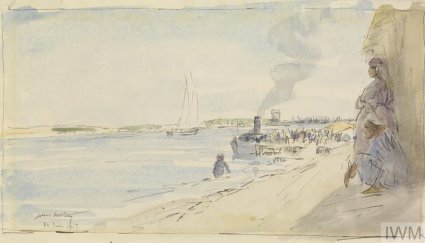
Here is a drawing of Armenian refugees arriving at Port Said in 1917.
Armenian refugee children are waiting on top of their cart in Baku in 1918.
Armenian refugees fleeing. The date is not known.
This is an orphanage for Belgian refugee children in England. The date is unknown.
This is a British advertisement was designed by John Hassall in 1915.
Galician refugees finding a safe place to stay.
galician refugees sitting on the side of an unknown road.
This is a classroom in the Gmund refugee camp in 1916.
This is a picture of adults learning how to read in 1915.
A singing group at Camp Gmund.
In conclusion, the depictions of refugees reflects the very chaos that occurred in World War One. Different nationalities experienced events in different ways, however what all of these refugees shared in common was the loss of banal nationalism. Their sense of pride for their country was ripped in half by the war, and as a result many displaced refugees experienced tramatic hardships.
 Magazine Posts
Magazine Posts Table of Contents
Table of Contents